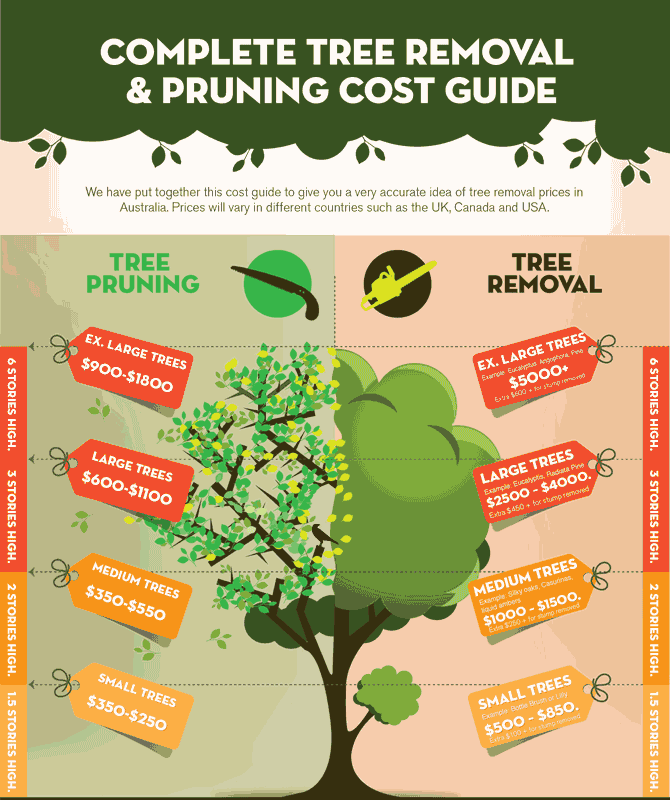Find Out How To Cultivate A Durable Atmosphere Post-Tree Elimination
Find Out How To Cultivate A Durable Atmosphere Post-Tree Elimination
Blog Article
Composed By-
When it involves seasonal tree treatment, ensuring proper monitoring before and after elimination can substantially impact the health and wellness and appearances of your landscape. By comprehending the needed actions associated with analyzing tree health and preparing for removal, you can proactively protect your property. But what regarding the vital methods to comply with once the tree is gone? Remain tuned to discover the crucial post-removal treatment actions that will help you cultivate a flourishing and sustainable atmosphere for your trees.
Pre-Removal Tree Care
Prior to dealing with the removal of a tree, it's essential to focus on pre-removal tree care. Beginning by analyzing the tree's health and wellness and structural honesty. Try to find indicators of disease, bug invasions, or any kind of architectural problems that may pose a safety threat during elimination. It's important to seek advice from a certified arborist to determine the best course of action.
Pruning dead or infected branches can avoid additional damage to the tree and make certain a smoother removal process.
In addition, consider the ecological impact of getting rid of the tree. Trees play an important role in our community, so growing a new tree in an ideal location can assist offset any type of loss. Make tree care service that you have the needed licenses and consents for tree removal, particularly if the tree is secured by regional guidelines.
Seasonal Upkeep Tips
Evaluating your tree's requirements throughout the year is important for its health and wellness and durability. To keep your trees in leading problem, comply with these seasonal upkeep tips.
In springtime, concentrate on trimming to get rid of dead or broken branches and motivate new development.
Summer season asks for normal watering, particularly throughout droughts, to guarantee your tree stays hydrated.
As fall methods, keep an eye out for early indications of condition or stress and anxiety, and consider applying mulch to shield the roots during wintertime.
In Recommended Reading , be cautious when eliminating snow from branches to stop damage, and continue to check your tree's overall health and wellness.
Keep in mind to readjust your care routine based on the particular needs of your tree varieties and regional environment. By staying conscientious and proactive throughout the periods, you can help your trees grow and thrive for years ahead.
Post-Removal Tree Care
To make sure the wellness of your landscape also after tree removal, appropriate post-removal treatment is vital. After a tree is gotten rid of, it's important to fill up the remaining hole with topsoil and compact it to avoid settling. This will aid preserve the stability of the ground and prevent possible hazards in the future.
Consider growing new plants in place of the gotten rid of tree to recover the balance and visual appeals of your landscape. Routinely water the location to advertise the development of brand-new plants and protect against dirt disintegration.
Evaluate the bordering trees for any indicators of disease or tension that might have been brought on by the removed tree. Keep an eye out for insects that might've been attracted to the previous tree and take safety nets to secure the remaining plants.
If required, speak with a professional arborist to examine the effect of the elimination on the surrounding trees and figure out any extra care required. By following these post-removal treatment actions, you can make sure the continued wellness and appeal of your landscape.
Conclusion
In conclusion, proactive seasonal tree care is crucial for keeping the wellness and balance of your landscape. By assessing tree health, trimming, and talking to an arborist before removal, you can guarantee a safe procedure. After elimination, loading the hole, planting new plants, and routine watering will promote new development and stop erosion. Bear in mind to inspect bordering trees for disease and look for further care procedures from an arborist to maintain your landscape thriving.
